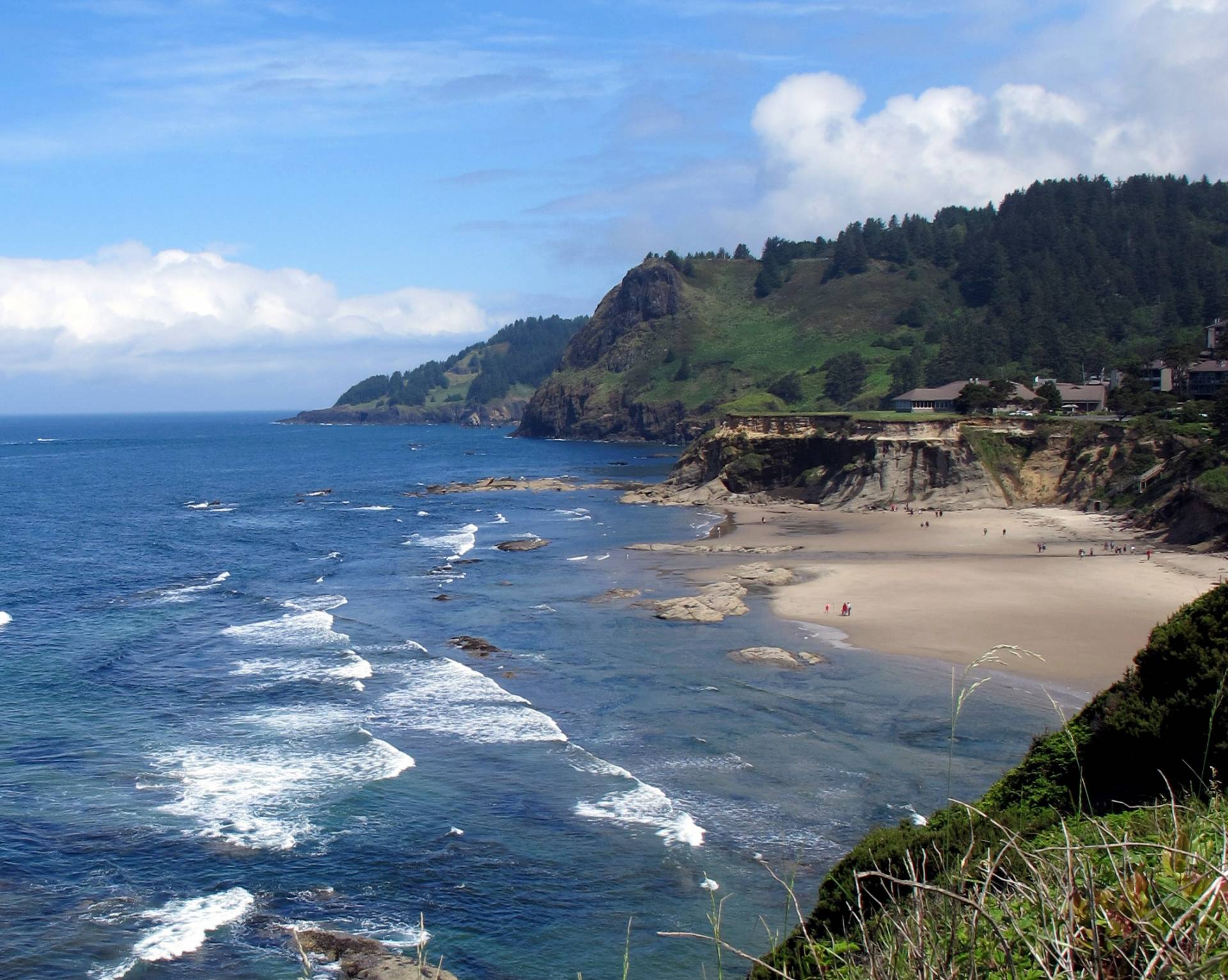Researchers from the Woods Hole Oceanographic Institution have 1announced that radiation from the Fukushima nuclear disaster has been detected in the Oregon’s shores.
The samples were taken from Tillamook Bay and Gold Beach earlier this year, and they indicate the radiation levels are not harmful to humans or the environment. Following a 9.0 magnitude earthquake and a tsunami in March 2011, the Fukushima nuclear plant located in Japan suffered a triple core meltdown that released massive amounts of radioactive water. Radiation also spread through the air.


Five years after the nuclear disaster, radioactive water continues to spread across the oceans, and it has finally reached the U.S. coasts. This is the first time seaborne radiation from Fukushima has been detected in the country’s West Coast, but it is not the first time that contaminated water has reached the American continent.
Cesium-134 is what scientists consider Fukushima’s fingerprint and was first detected in Canada. Before discovering Cesium-134 in Oregon, Ken Buesseler, a Woods Hole Oceanographic Institution chemical oceanographer, has tracked the radiation plume to a dock on Vancouver Island, B.C.
Fukushima radiation was detected in a Canadian salmon according to the Fukushima inFORM project, led by the University of Victoria chemical oceanographer Jay Cullen. Both in the United States and in Canada, levels of radiation are harmless.
“To put it in context, if you were to swim everyday for six hours a day in those waters for a year, that additional radiation from the addressed cesium from Japan … is 1000 times smaller than one dental x-ray,” Buesseler said in a phone interview to USA Today. InFORM is a partnership between a dozen academic, government and nonprofit organizations, including Woods Hole Oceanographic Institution.
Buesseler runs a crowd-funded citizen science seawater sampling project to track the plume across the Pacific Ocean. Fukushima radiation is unique since cesium-134 can only come from the Japanese nuclear plant, and also because it has a short half-life.
Half-life is the time taken for the radioactivity of an isotope to fall to half of its original value. Cesium-134 has a half-life of two years, which means that now it has a fraction of the half-life it had in 2011.
To put Cesium-134 in perspective: Cesium-137, which is another Fukushima isotope that comes from nuclear testing in the Asian country between the 1950s and 1960s, has a 30-year half-life,
Fukushima radiation will increase in the next years in North American coasts
A recent inFORM analysis of Buesseler’s data determined that Fukushima radiation has spread from Alaska to California. It estimated the plume is moving toward the coast at roughly twice the speed of a garden snail, although radiation levels have not increased yet.
Jay Cullen said that inFORM expects levels of radiation on the American shores to increase as the contamination plume progresses to the country. But even those levels would not be a health concern, Buesseler stated.
The current model of the Fukushima plume will be essential for oceanographers in the future if there is another nuclear disaster. Scientists estimate that if there is another nuclear catastrophe in Fukushima, it will take to the contaminated water another four to five years to reach the West Coast.
The radioactive salmon detected by InFORM in Canada was first sampled in the summer of 2015 and tested positive for cesium-134. Still, the radiation level was more than 1,000 times lower than the action level established by Health Canada, meaning the fish did not pose a significant risk to consumers.
Source: Statesman Journal
